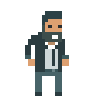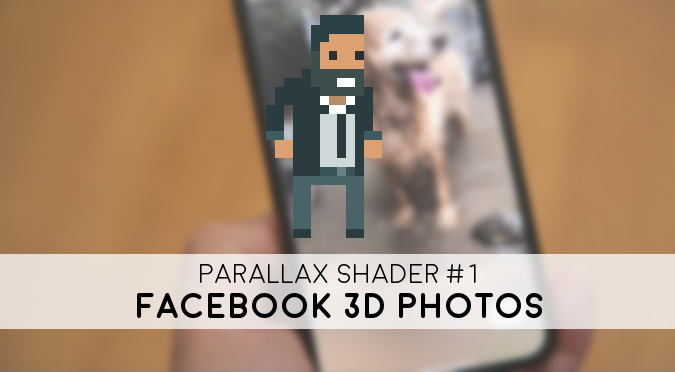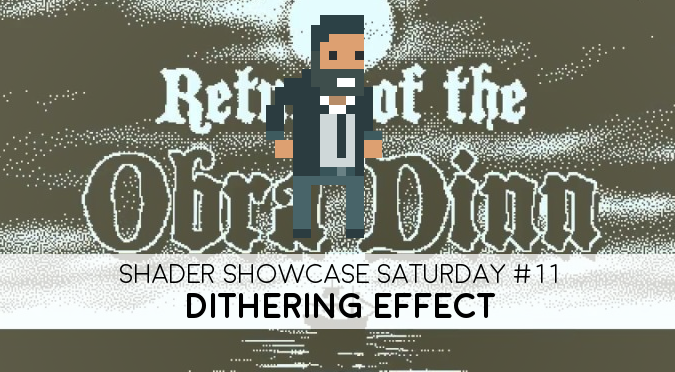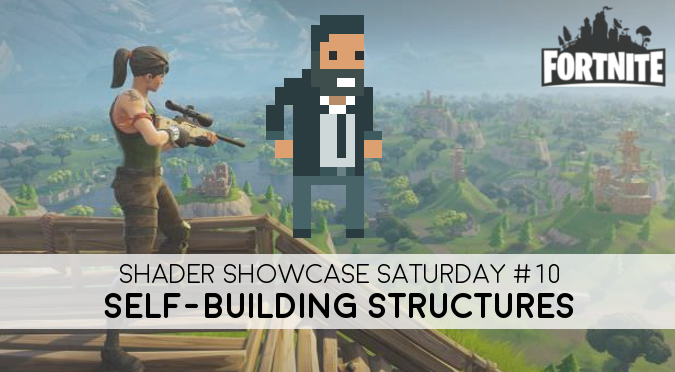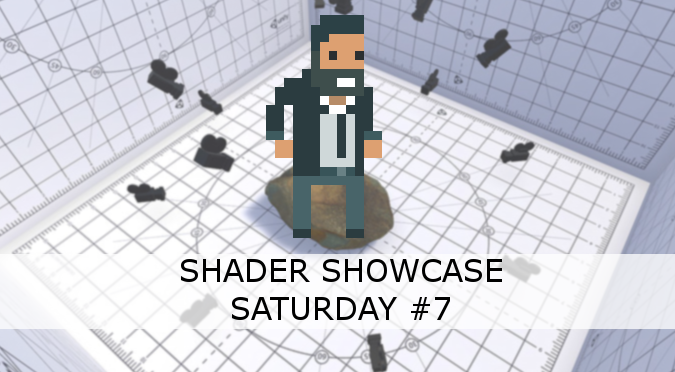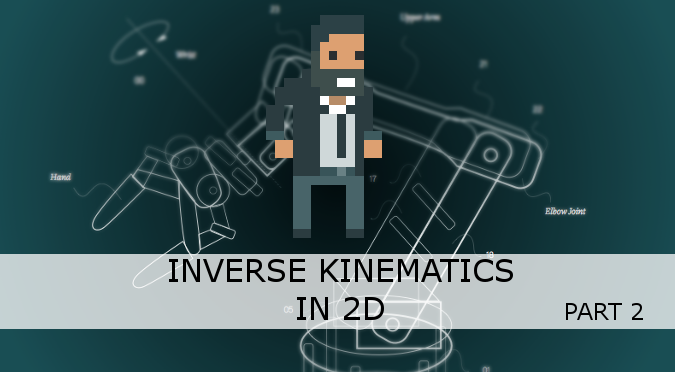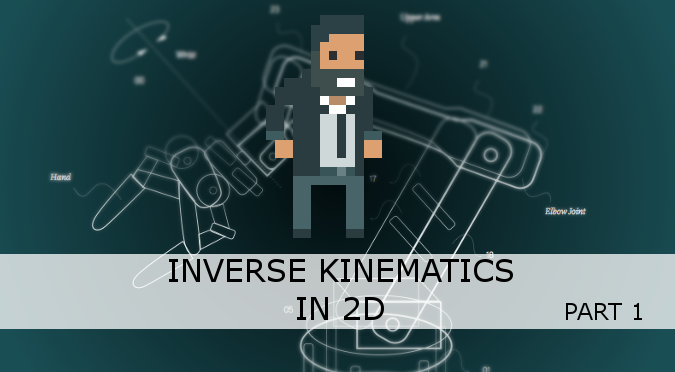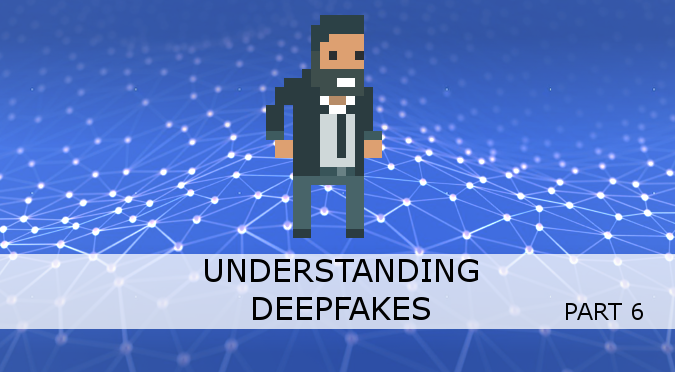
This online course will teach you how to recreate a popular sprite doodle effect using Shaders in Unity. If this is an aesthetic that you want in your game, this tutorial will show you how to achieve it without the need to draw dozens of different images.
Such a style has become increasingly popular over the past few years, with many games such as GoNNER and Baba is You heavily relying on it.
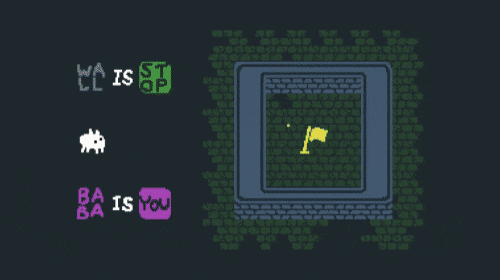
This tutorial covers everything you need to know, from teaching the basics of shader coding to the maths used. At the end, you will also find a link to download the complete Unity package.
This series is also strongly inspired by the success of Doodle Studio 95!.
